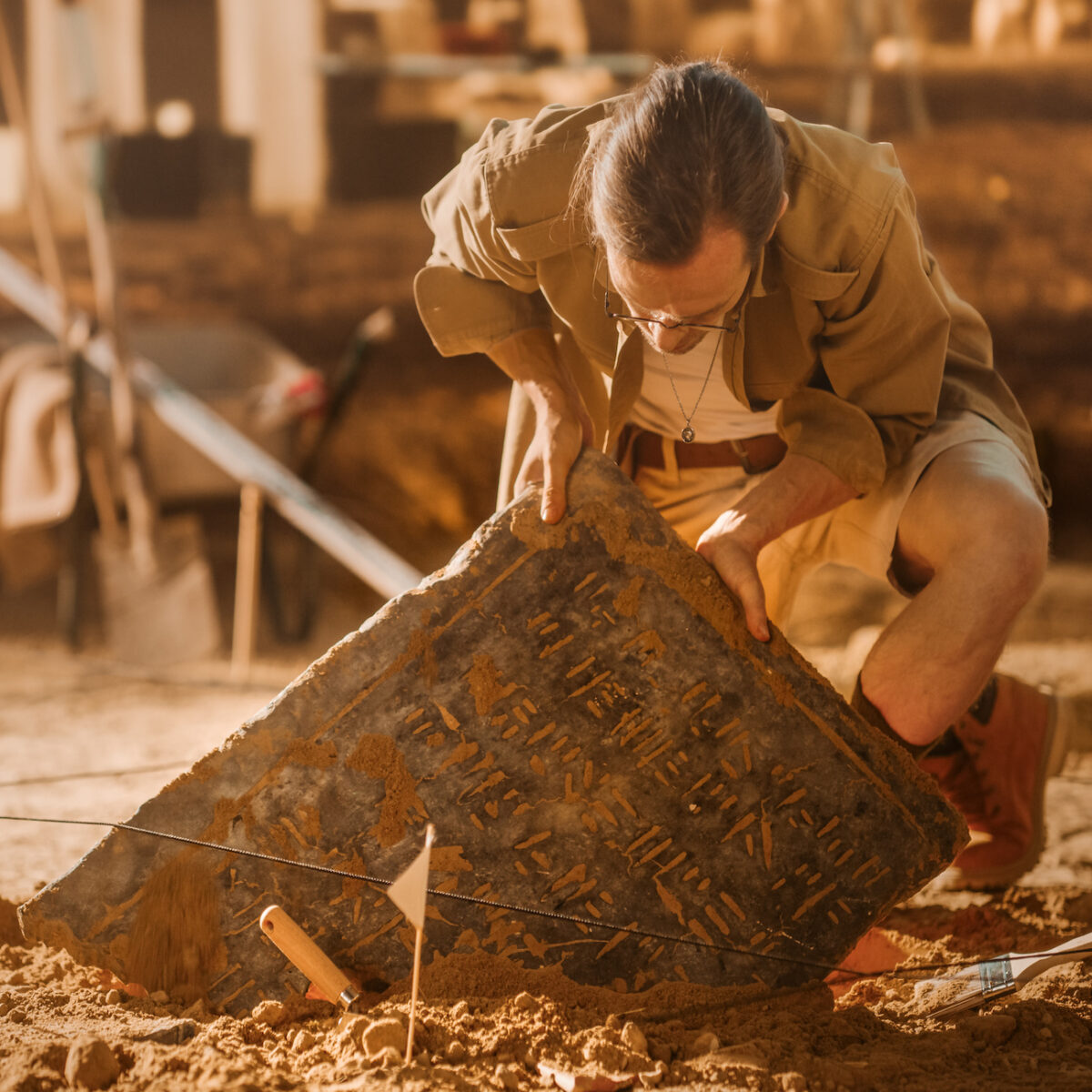Only the Most Epic Embedded Online Conference Ever!
The value of online (virtual) conferences is increasing in leaps and bounds as travel becomes more problematic and time is increasingly at a premium. Some of these events “stand proud in the crowd,” as it were. Allow me to expound, elucidate, and explicate.
When it comes to embedded space (where no one can hear you scream), the virtual extravaganza on everybody’s lips is the Embedded Online Conference (EOC).
< … Read More → "Only the Most Epic Embedded Online Conference Ever!"












